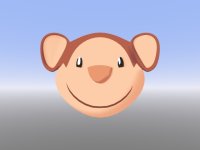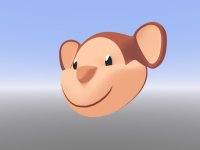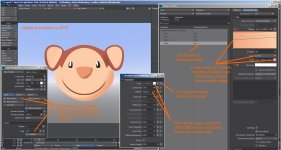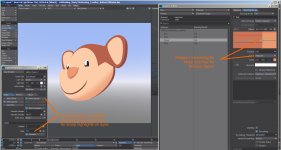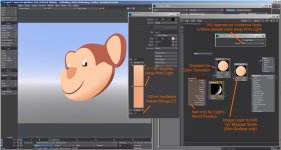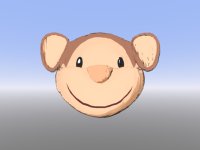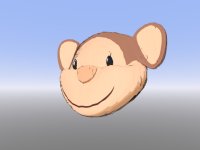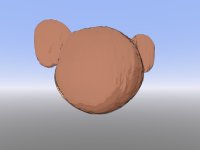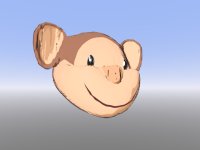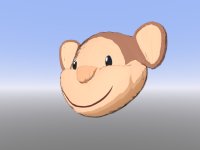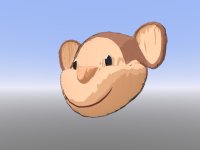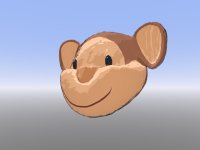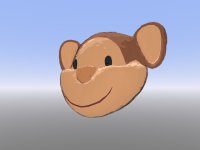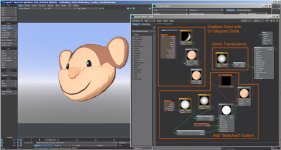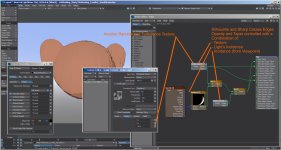Since I don't get how nodes works yet, allow me to ask this...
How can I achieve this nice shading below in LW2018?
https://forums.newtek.com/showthread.php?136625-Marty-the-Monkey-LW-11-6-nodes&highlight=mity+monkey
I can't find any replacement for SSS node which is used in the shading...
This shading method gives me nice smooth shades even if models are very low-poly and that's why I stick to it.
How can I achieve this nice shading below in LW2018?
https://forums.newtek.com/showthread.php?136625-Marty-the-Monkey-LW-11-6-nodes&highlight=mity+monkey
I can't find any replacement for SSS node which is used in the shading...
This shading method gives me nice smooth shades even if models are very low-poly and that's why I stick to it.
Last edited:

